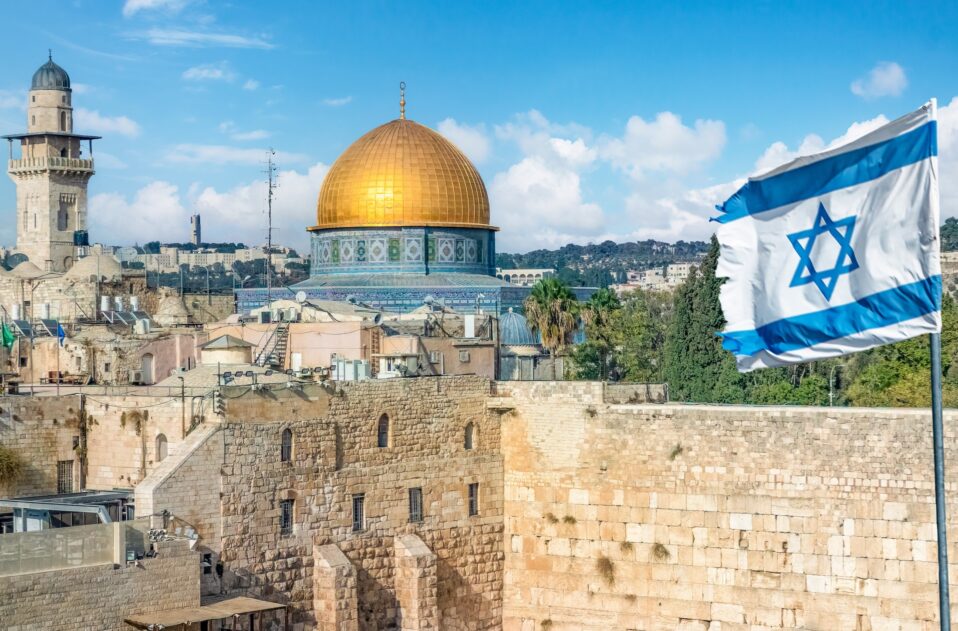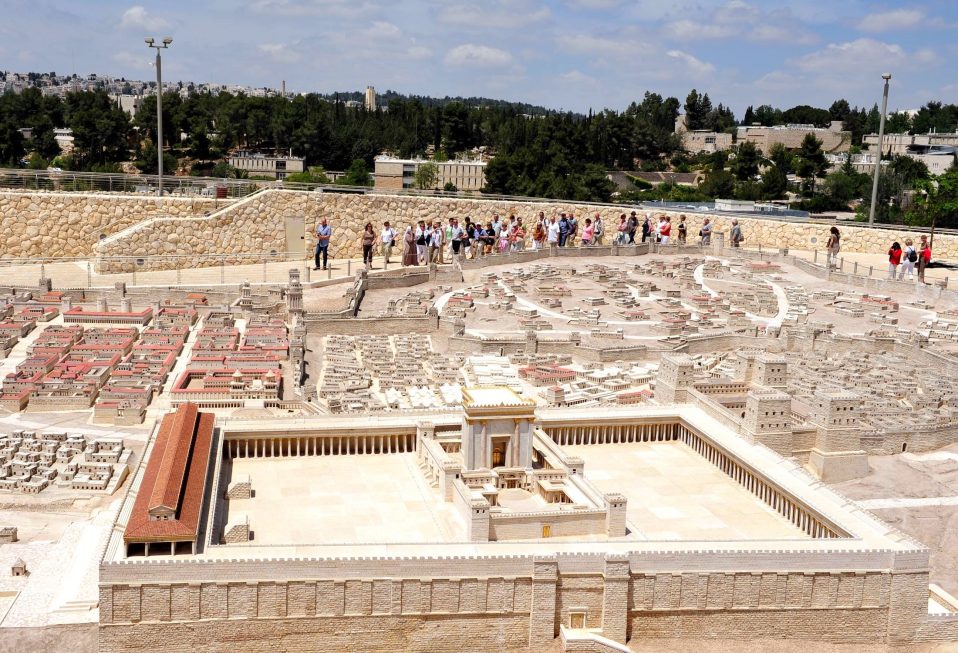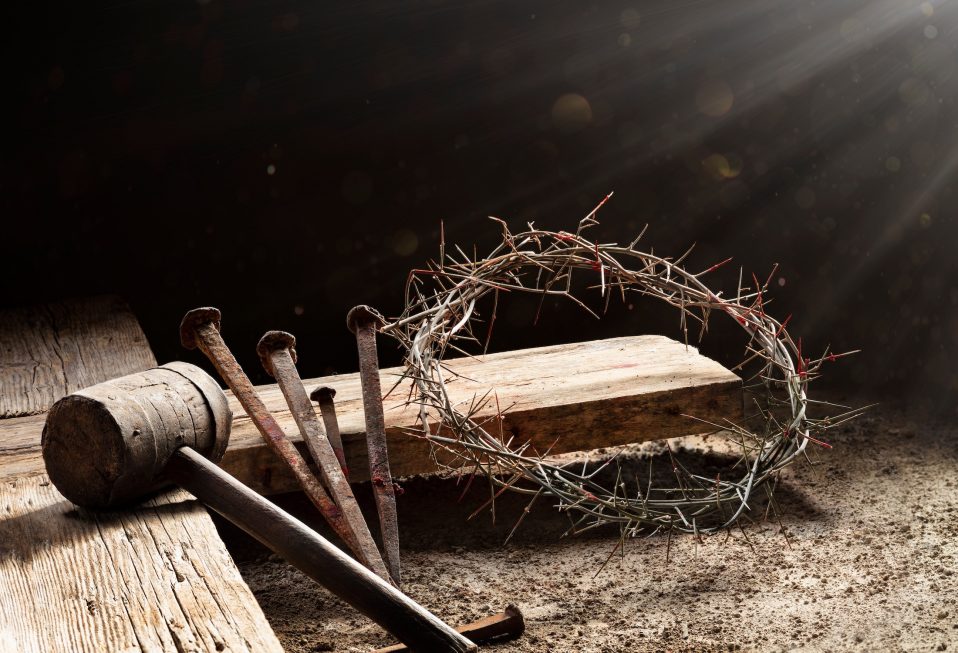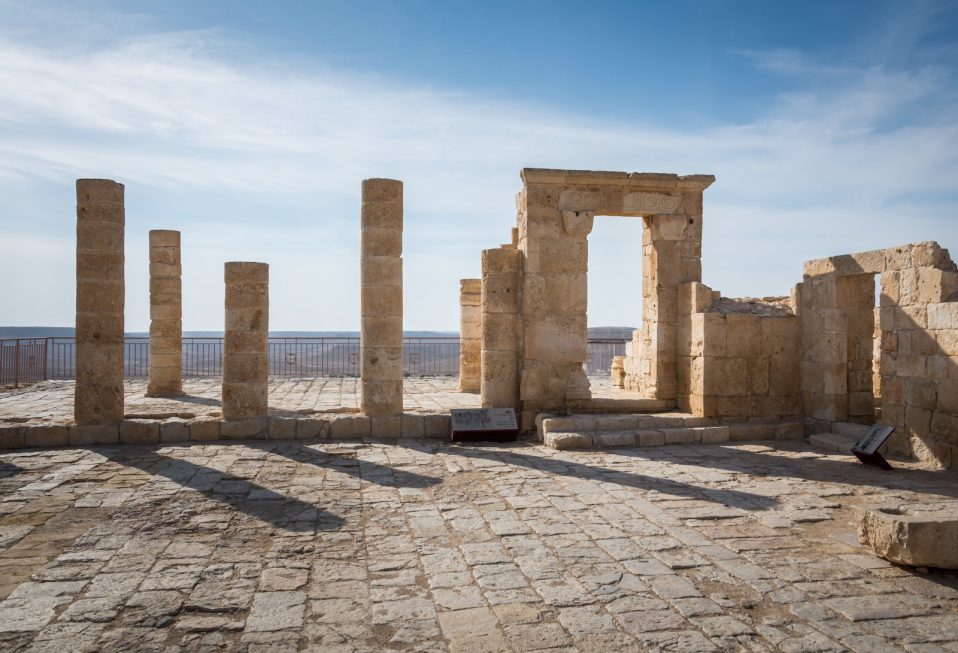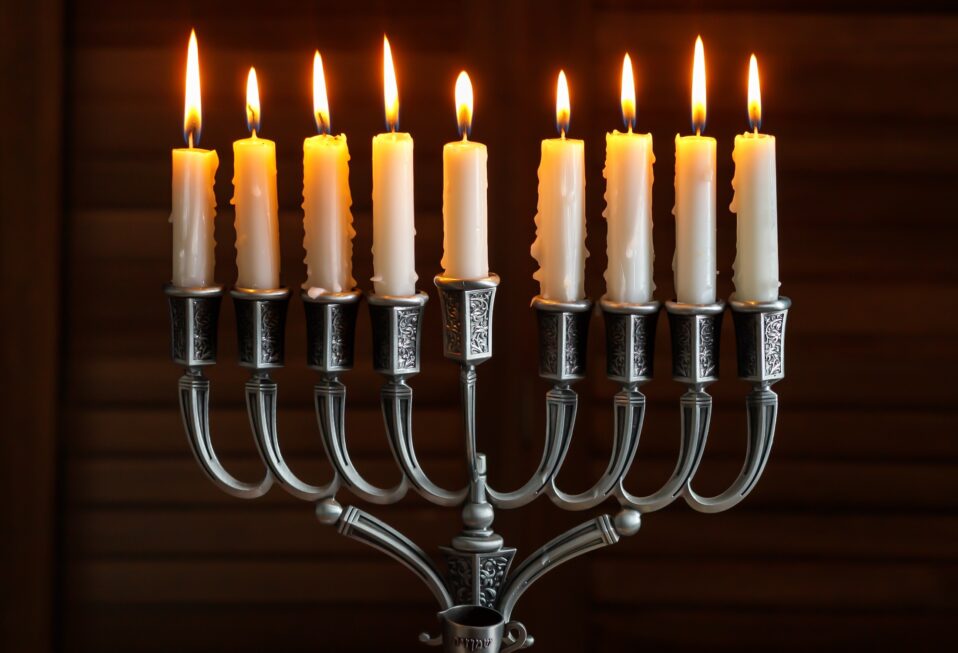By Julie Stahl
Yom HaAtzma’ut is Israel’s national Independence Day, and this year marks the 76th anniversary of the modern Jewish state!
“Who has ever heard of such things? Who has ever seen things like this? Can a country be born in a day or a nation be brought forth in a moment? Yet no sooner is Zion in labor than she gives birth to her children” (Isaiah 66:8 NIV).
On May 14, 1948, just before the Sabbath, some 350 guests crammed into an un-air-conditioned, Tel Aviv art gallery for a 32-minute ceremony that would change the world forever.
“We, members of the people’s council, representatives of the Jewish community of Eretz-Israel and of the Zionist movement, are here assembled on the day of the termination of the British Mandate over Eretz-Israel and, by virtue of our natural and historic right and on the strength of the resolution of the United Nations General Assembly, hereby declare the establishment of a Jewish state in Eretz-Israel, to be known as the State of Israel,” declared David Ben-Gurion, Executive Head of the World Zionist Organization, Chairman of the Jewish Agency for Palestine, and soon to be the first prime minister of the fledgling state.
On that historic day, Ben-Gurion spoke for 11 million Jewish men, women, and children around the world who had no voice, no address, and nowhere to go. For the first time in nearly 2,000 years, they finally had their own nation in their ancestral homeland.
“It was promised to us by God. We are the only people in the history of the world that live on the same land, speak the same language, and believe in the same God more than 3,000 years,” says Isaac Dror, who heads the education efforts for Independence Hall, the place where the declaration was made.
Among the crowd of witnesses was Yael Sharett, whose father Moshe Sharett was on stage with Ben-Gurion and was the country’s first foreign minister and second prime minister. At age 17, Yael wrote as her father dictated one of the drafts of the declaration. She shared a chair with her aunt at the ceremony.
“It’s really epic. It’s poetry actually. The only time I was really moved I must say was when the Rabbi Levine made the old age Jewish blessing: shehecheyanu, v’kiyimanu, v’higiyanu la’z’man ha’zeh,” Yael told CBN News.
That ancient Jewish prayer, which is recited on momentous occasions, offers thanks to God “who has given us life, sustained us, and allowed us to reach this day.”
Then they sang HaTikvah (“The Hope”), which is Israel’s national anthem.
The next day, which was the Sabbath, U.S. President Harry Truman became the first world leader to recognize Israel.
“He understood something that most of his top advisors and ministers failed to see. This is truly prophecy being realized,” Dror said.
On November 29, 1947, the United Nations had passed resolution 181 calling for the creation of a Jewish State and an Arab State in British-controlled Mandatory Palestine.
The plan set aside land in the Galilee, along the Mediterranean and the Negev Desert for the Jewish people, while the Arabs were to receive all of biblical Judea and Samaria, later known as the West Bank, the Gaza Strip and other small portions. Perhaps the most controversial part of the plan was that an international body would control Jerusalem.
Still the Jewish people accepted the plan, but the Arabs rejected it. Less than six months later the Jewish people declared independence. The following day, the armies of five Arab nations attacked Israel.
Many countries have fought wars for their independence, but Israel’s war was not common. They had been granted independence by the sovereign, Britain; the decision was confirmed by the United Nations; and the Jewish people were returning to the historic land of their ancestors. But it was their neighbors who did not want them to exist.
A year later, the Jewish state was still standing and had increased its size by nearly 50 percent. Against overwhelming odds, this fledgling State of Israel not only survived but grew beyond expectation.
In honor of the 70th anniversary of the United Nations Partition Plan, Israel’s mission to the U.N. celebrated by returning to the hall in Flushing Meadows, New York, where the U.N. vote took place.
Former U.S. Vice President Mike Pence said: “In this very hall 70 years ago when the United Nations declared to the modern world an ancient truth that the Jewish people have a natural, irrevocable right to an independent state in their ancestral and eternal homeland.”
Israelis commemorate their Independence Day on the 5th of the Hebrew month of Iyar. During a televised ceremony that includes various leaders, Israelis make the transition from mourning on their memorial day to celebrating their independence.
This year, the nation marks this momentous occasion for the first time since the brutal Hamas invasion and massacre on October 7th. The ongoing war has brought untold suffering. Innocent lives have been lost and the entire nation is living under the shadow of danger.
As of this month, 132 hostages remain in captivity in Gaza, over 200,000 Israelis are internally displaced, and the country continues to face a grave threat from its sworn enemies in the region who seek to harm her people, devastate her land, and erase her existence.
On this special day, may we continue to pray for the Jewish nation and renew our pledge to stand united with Israel.
Julie Stahl is a correspondent for CBN News in the Middle East. A Hebrew speaker, she has been covering news in Israel full-time for more than 20 years. Julie’s life as a journalist has been intertwined with CBN—first as a graduate student in Journalism at Regent University; then as a journalist with Middle East Television (METV) when it was owned by CBN from 1989-91; and now with the Middle East Bureau of CBN News in Jerusalem since 2009. She is also an integral part of CBN News’ award-winning show, Jerusalem Dateline, a weekly news program providing a biblical and prophetic perspective to what is happening in Israel and the Middle East.



